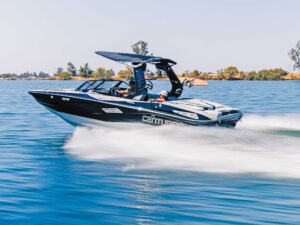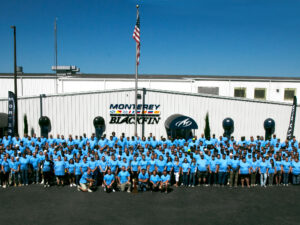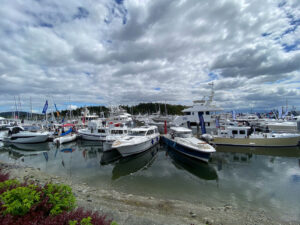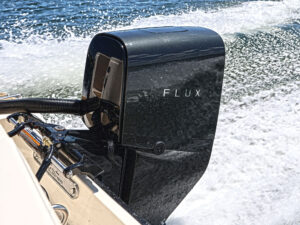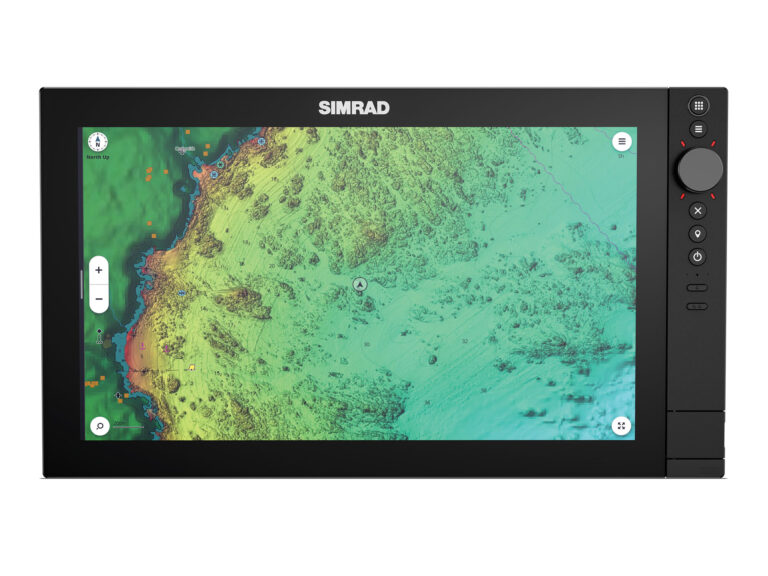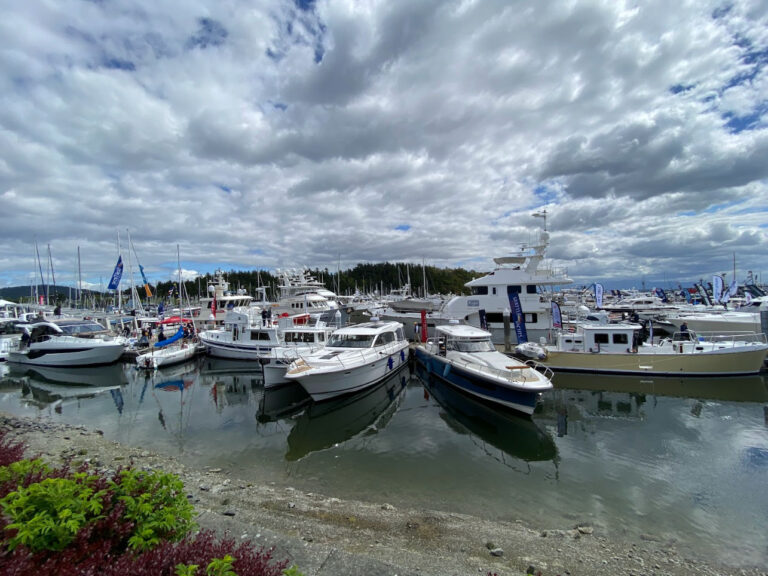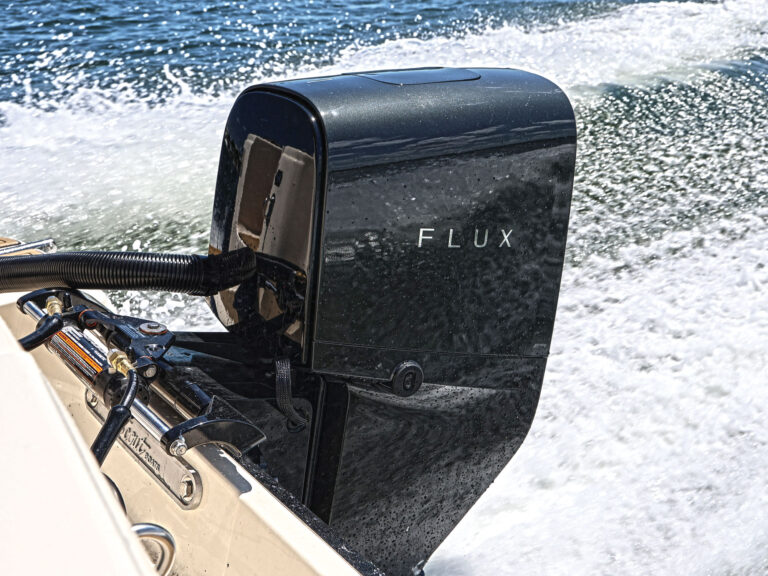In every endeavor in which power is needed, more is better. Just ask Capt. James T. Kirk. Yet boaters scrimp on power, and that’s an unhappy mistake.
“The higher horsepower you have on your boat, the higher the satisfaction you’ll have,” says Todd Markusic, senior director of power sports at J.D. Power and Associates.
We recently compiled results from testing two popular hull styles with the offered power options to see what the owner gains and loses with each engine option. In choosing horsepower, many boaters look to top speed, ignoring other more important concerns that matter on an everyday basis.
Safety
Boatbuilders determine maximum horsepower in a process approved and often supervised by the U.S. Coast Guard. But after that, safety is dependent on the boater’s judgment.
Top Speed
The target speed for many runabouts is 50 mph — it’s just what boaters think they want. But engine makers learned from their engines’ computers that boaters spent only about 6 percent of the time at full throttle.
Acceleration
This may be the holy grail for power choice in runabouts and hardly worth mentioning in cruisers. You need it to get a full passenger load on plane or to lift a skier up before his arms give out. A boat should hit planing speed with a light load in about four seconds.
Midrange Handling
An underpowered boat will likely fall off plane when slowed down for wakes and waves, causing it to plow along in a bow-high attitude that impedes visibility. In following seas, the boat is likely to be driven off its lines and to wallow, and could even be swamped. Safety and comfort can be at stake. A boat that does well at top speed also does better with midrange challenges.
Fuel Economy
Bigger engines drink more fuel, right? Only at full throttle. A larger engine running easier burns less than a small engine running harder. You’ll likely get longer life as well from the larger engine running easier.
Count the Cash
In the table below, we compare running characteristics of these boats and calculate a fuel savings over 300 operating hours at cruise speed. It may take you a long time to run up 300 hours of engine time and hit the savings figures, but when you go to the negotiating table armed with this information, you can stand your ground on getting more horsepower. And remember, Kirk never asked for less power.
Stingray 235CR
Test loads in this cuddy runabout were identical and included just one person. You can expect another passenger to add a second to acceleration times and reduce top speed by 1 mph. The impact keeps adding up for extra people. In this boat, fuel economy at cruise showed a 20 percent improvement with the largest engine. Cash savings in fuel was most dramatic between the 5.7-liter and the 4.3-liter engines, deducting $850 in expenses on 5,000 miles at a cruise speed of 27 mph. Yep, it will take some time to pay off the added horsepower, but the added benefits of speed and acceleration sweeten the pot.
Grady-White Fisherman 230
With identical test loads of one passenger and a bit of gear, the Grady gave us a 20 percent savings in fuel economy when running the 300 hp engine. The upcharge from the smaller 250 was only $1,330, so it would be easier to justify the horsepower on a cost basis, and once again, the significant improvement in acceleration and a good bump in top speed take the sting out of the minor upcharge.


